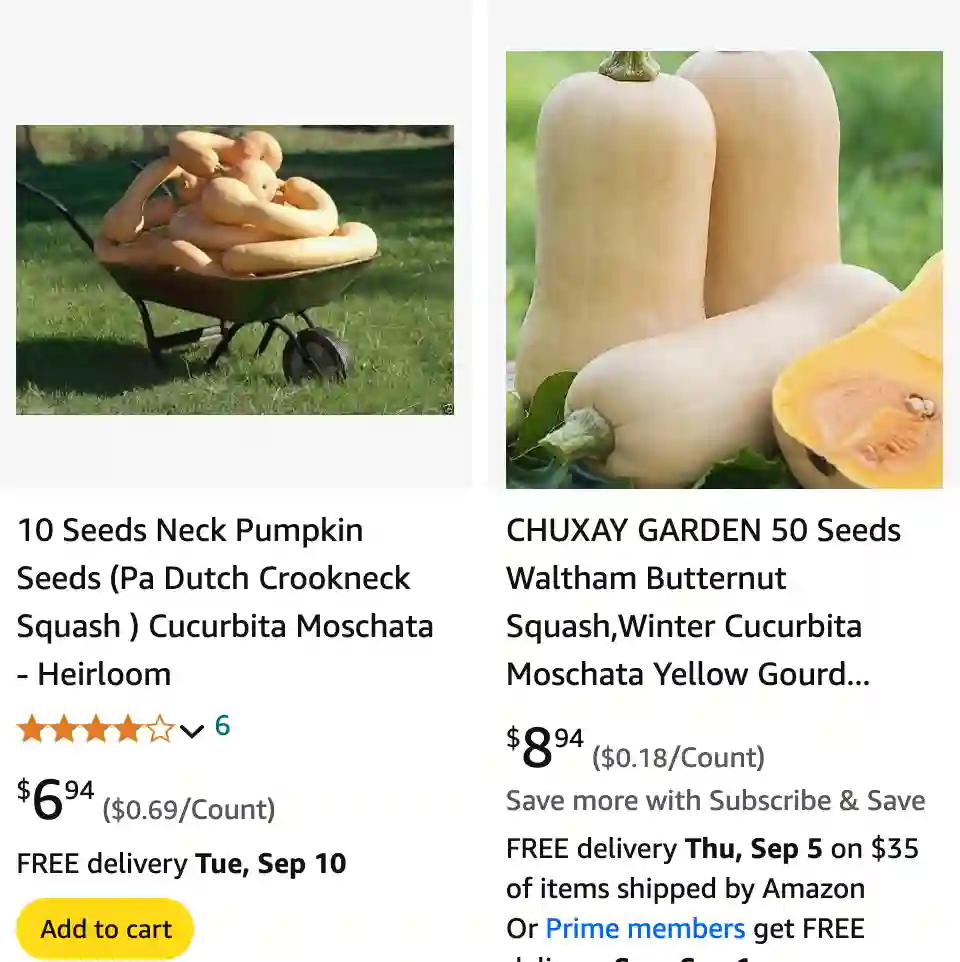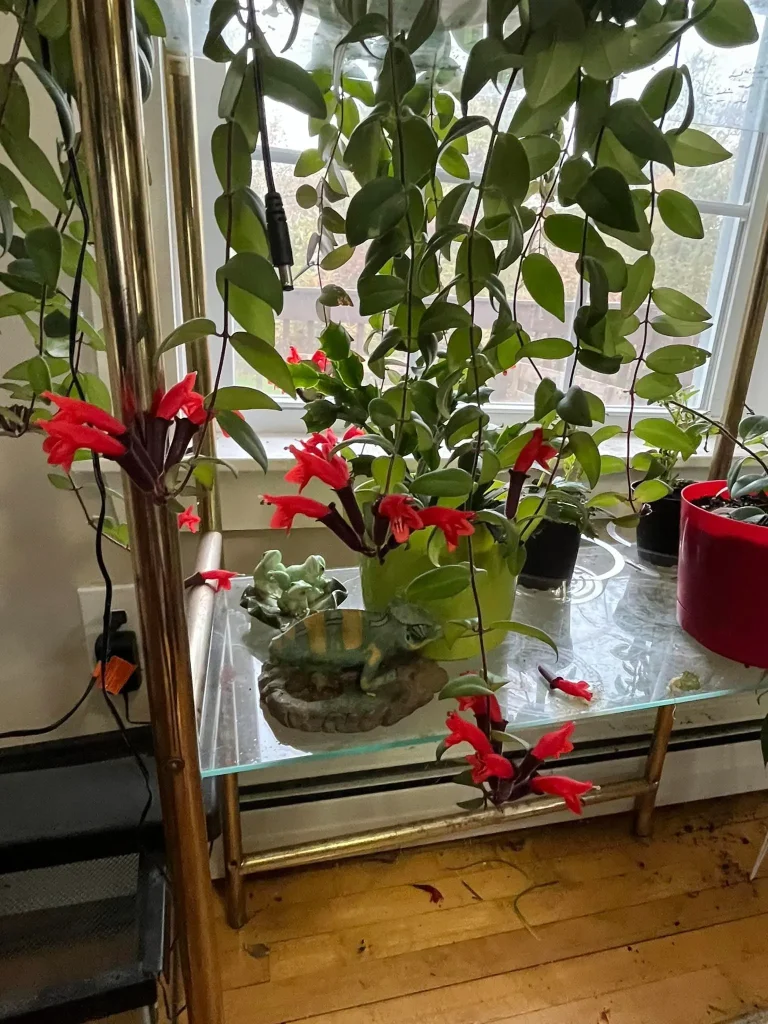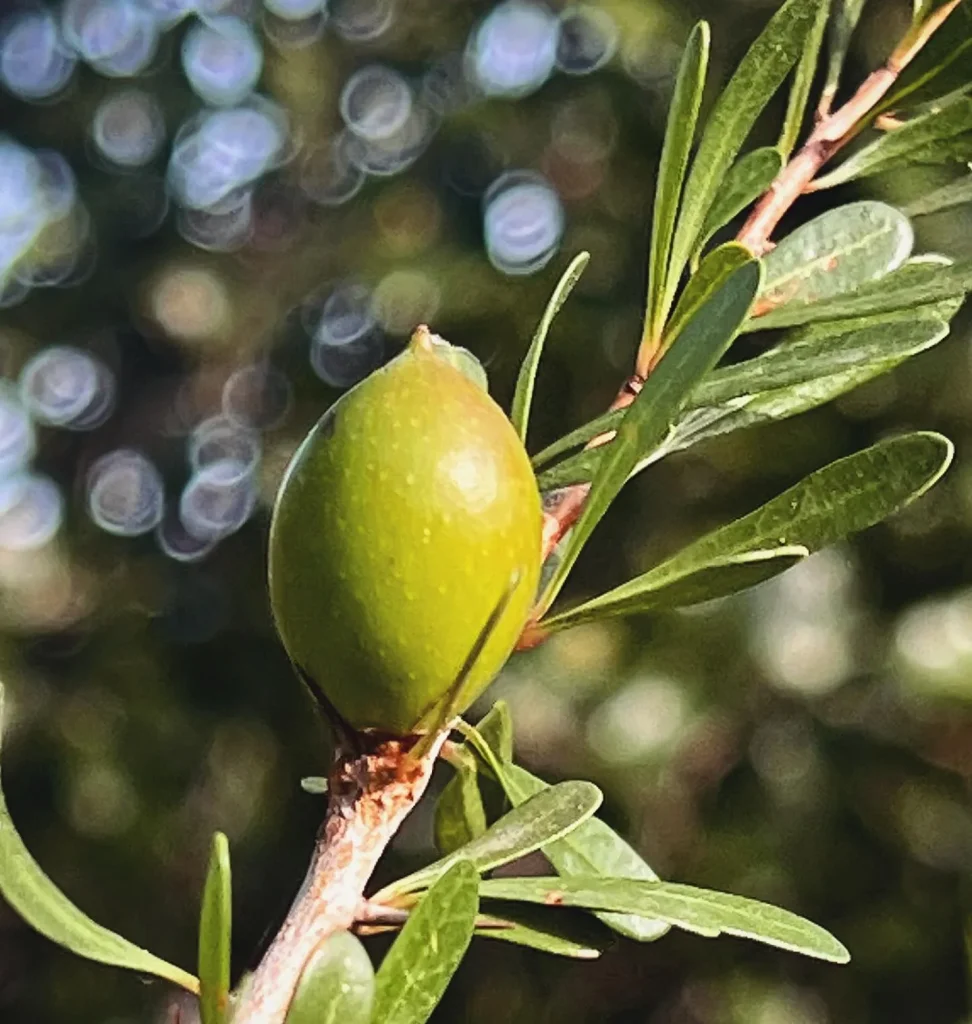
Understanding Cucurbita Moschata: A Guide to This Versatile Squash
As a passionate gardener and cook, I’ve come across many varieties of squash, but Cucurbita Moschata holds a special place in my heart. This squash species is not only versatile in the kitchen but also has unique characteristics that set it apart from its relatives. In this article, I’ll answer some frequently asked questions about Cucurbita Moschata, providing insights based on my own experiences.
19 Species in Genus Cucurbita
What is Cucurbita Moschata?
Cucurbita Moschata is a species of squash that includes popular varieties like butternut squash, crookneck squash, and cheese pumpkins. These squashes are known for their sweet, nutty flavor and dense, orange flesh. Native to Central and South America, Cucurbita Moschata is widely grown for its edible fruit and is a staple in many cuisines around the world.
Are All Cucurbita Moschata Vining Plants?
Yes, most Cucurbita Moschata varieties are vining plants. They tend to spread out, requiring ample space to grow. The vines can reach lengths of 10-20 feet, making them ideal for trellising. However, some bush varieties are more compact, making them suitable for smaller gardens or containers. From my experience, providing support for these vines, such as trellises or fences, not only saves space but also promotes healthier plants and easier harvesting.
How to Cut and Cook Cucurbita Moschata?
Cutting and cooking Cucurbita Moschata can be straightforward with the right technique. To cut the squash, I start by slicing off the ends to create a stable base. Then, using a sharp knife, I cut it in half lengthwise. Once halved, I scoop out the seeds and peel the skin, if desired, although the skin of some varieties is edible when cooked.
Cooking Cucurbita Moschata is versatile; it can be roasted, steamed, boiled, or pureed. One of my favorite methods is roasting. I cut the squash into cubes, toss them with olive oil, salt, and pepper, and roast at 400°F for about 25-30 minutes until tender and caramelized. This brings out the natural sweetness and enhances the flavor, making it perfect for soups, salads, or as a side dish.
How to Tell Cucurbita Moschata, Pepo, and Maxima Apart?
Distinguishing between Cucurbita Moschata, Cucurbita Pepo, and Cucurbita Maxima can be confusing, but there are key differences. Cucurbita Moschata varieties, such as butternut squash, have long, cylindrical necks and smooth skin. Cucurbita Pepo includes summer squash and pumpkins with harder rinds and a more rigid stem, like zucchini and acorn squash. Meanwhile, Cucurbita Maxima, such as Hubbard squash and some pumpkins, have thicker rinds and a softer, corky stem. By examining the stem and rind characteristics, I can easily tell these species apart.
What Do Cucurbita Moschata Cross-Pollinate With?
Cucurbita Moschata can cross-pollinate with other Cucurbita Moschata varieties but not with Cucurbita Pepo or Cucurbita Maxima. Cross-pollination typically occurs when bees transfer pollen from one plant to another. This doesn’t affect the current season’s fruit but will impact the seeds, producing hybrids in future generations. In my garden, I make sure to separate different squash species by a good distance to maintain pure strains.
Cucurbita Moschata vs. Cucurbita Pepo
Comparing Cucurbita Moschata to Cucurbita Pepo reveals several differences. Cucurbita Moschata varieties, like butternut squash, are generally more heat-tolerant and have better resistance to pests like squash vine borers. They also have a longer growing season and thicker skin, which makes them ideal for storage. On the other hand, Cucurbita Pepo varieties, such as zucchini, have a shorter growing season and are more prone to pest issues. Their skin is softer, which is great for fresh eating but limits storage time. In my experience, I choose Cucurbita Moschata for fall and winter storage and Cucurbita Pepo for summer harvesting.
How to Care for Cucurbita Moschata?
Caring for Cucurbita Moschata is relatively easy with the right conditions. These plants thrive in full sun and well-drained soil rich in organic matter. Regular watering is essential, especially during the fruiting stage, but overwatering should be avoided to prevent root rot. I mulch around the base to retain moisture and suppress weeds, which also helps keep the fruits clean. Fertilizing with a balanced fertilizer during the growing season promotes vigorous growth and abundant harvests.
How to Propagate Cucurbita Moschata?
Cucurbita Moschata is typically propagated by seeds. I start seeds indoors about 4-6 weeks before the last frost date and transplant them after the danger of frost has passed. Seeds can also be sown directly into the garden once the soil temperature reaches at least 70°F. Plant the seeds 1 inch deep and 3-4 feet apart, as these plants need plenty of space to spread.
Can You Grow Cucurbita Moschata Indoors?
Growing Cucurbita Moschata indoors is challenging due to the plant’s size and space requirements. While it’s possible to grow them in large containers in a greenhouse or sunroom, they need ample sunlight and room for their vines to spread. If indoor growing is the only option, I recommend choosing a dwarf or bush variety and providing a strong light source to mimic outdoor conditions.
Is Cucurbita Moschata Toxic?
Cucurbita Moschata is not toxic and is safe to eat. The fruit, seeds, and even the blossoms are edible and used in various dishes. However, it’s essential to ensure the squash is fully mature before consumption, as immature squash can have a bitter taste due to cucurbitacins, which can cause stomach discomfort if consumed in large quantities.
Benefits of Cucurbita Moschata
Cucurbita Moschata is not only delicious but also packed with nutrients. It is rich in vitamins A and C, potassium, and fiber, making it a healthy addition to any diet. The seeds are a good source of protein and healthy fats. I often roast the seeds with a bit of salt and enjoy them as a nutritious snack. The high fiber content of the flesh aids digestion, and its antioxidant properties support overall health.
Common Problems with Cucurbita Moschata
Like any plant, Cucurbita Moschata can face challenges, such as pests and diseases. Squash vine borers, squash bugs, and powdery mildew are common issues. To combat these, I use organic pest control methods and practice crop rotation. Keeping the garden clean of debris and using resistant varieties can also help minimize problems.
In conclusion, Cucurbita Moschata is a versatile and rewarding plant to grow and cook. Whether you’re a gardener looking to expand your squash varieties or a cook seeking new flavors, this species offers endless possibilities. By understanding its characteristics and needs, you can enjoy a bountiful harvest and delicious meals with Cucurbita Moschata.
If i die, water my plants!



